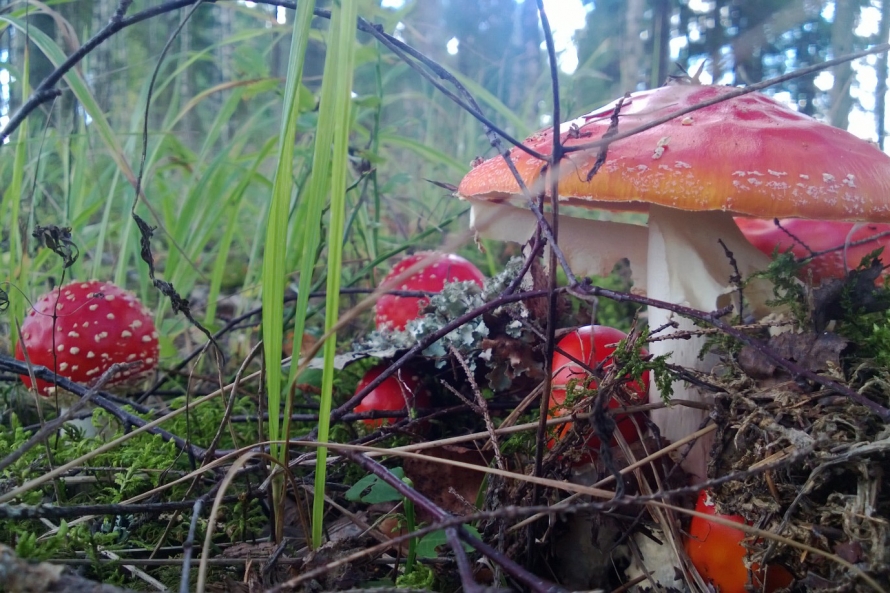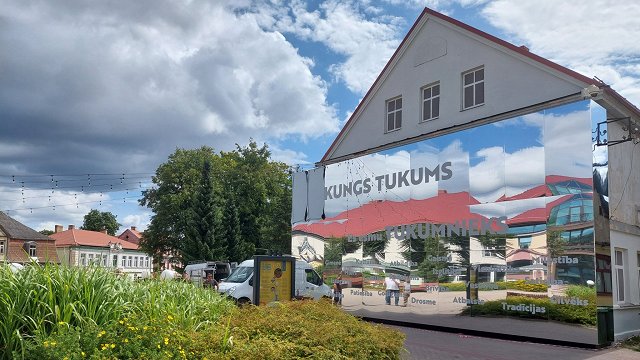In this outstandingly prolific year for the appearance of mushrooms in Latvian and Baltic forests, the seemingly primeval woods of Kurzeme’s northern horn must also be lichen paradise for them.
Small surprise that North America’s Mycology Society vice president Mārtiņš Osis is of Latvian descent, Latvian Radio learned upon visiting the symposium Wednesday. However, knowledge of local mushrooms is well-nigh impossible to transfer across continents, he admitted.
“Sometimes the mushrooms they eat in Europe are poisonous in America, and vice versa. Then we realize we’ve named them wrong. They look almost alike. It’s interesting when you compare both these mushrooms with the same names and you see they’re not the same. It’s our job to figure all this out. There will be new species and new names,” he predicted.
While Latvia’s abundant foraging season is winding down, for instance in Portugal it’s just coming time for their season, Latvia’s Mycology Society member Diāna Meiere learned from her colleagues from there, where weather conditions have also been very conducive to fungal growth.
This year scientists and researchers as well as enthusiasts from Poland, Sweden, Russia, Italy, Finland, and other lands are taking part in the Baltic symposium. Interest has been at very high levels, says Meiere.
“Research can go on forever. And directions to investigate are abundant. These aren’t just people who go into the woods and know their mushrooms and lichens, they are dealing with a host of practical problems and issues like preservation of species, forest ecology management, pathogenic fungi,” she went on to tell.
The traditional gathering of these serious fungi aficionados began back in 1959 in Tartu, Estonia, when professionals in the field first met to discuss and share in their scientific knowledge and experience and spread the spores of the idea further to their counterparts abroad.
“We mycologists were all young then at the Zoology and Botany Institute,” recalled Kuulo Kalamees. “That’s when we decided that this Baltic symposium should happen, at least every three or four years in one of our countries.”
While Lithuania hosted the previous gathering, this year the Talsi district’s scenic hilly forests and gentle valleys, especially in the Slitere National Park, will be the showpiece field laboratory of the Eukaryote Kingdom for the fewer than a hundred humans who are wise to its ways.























